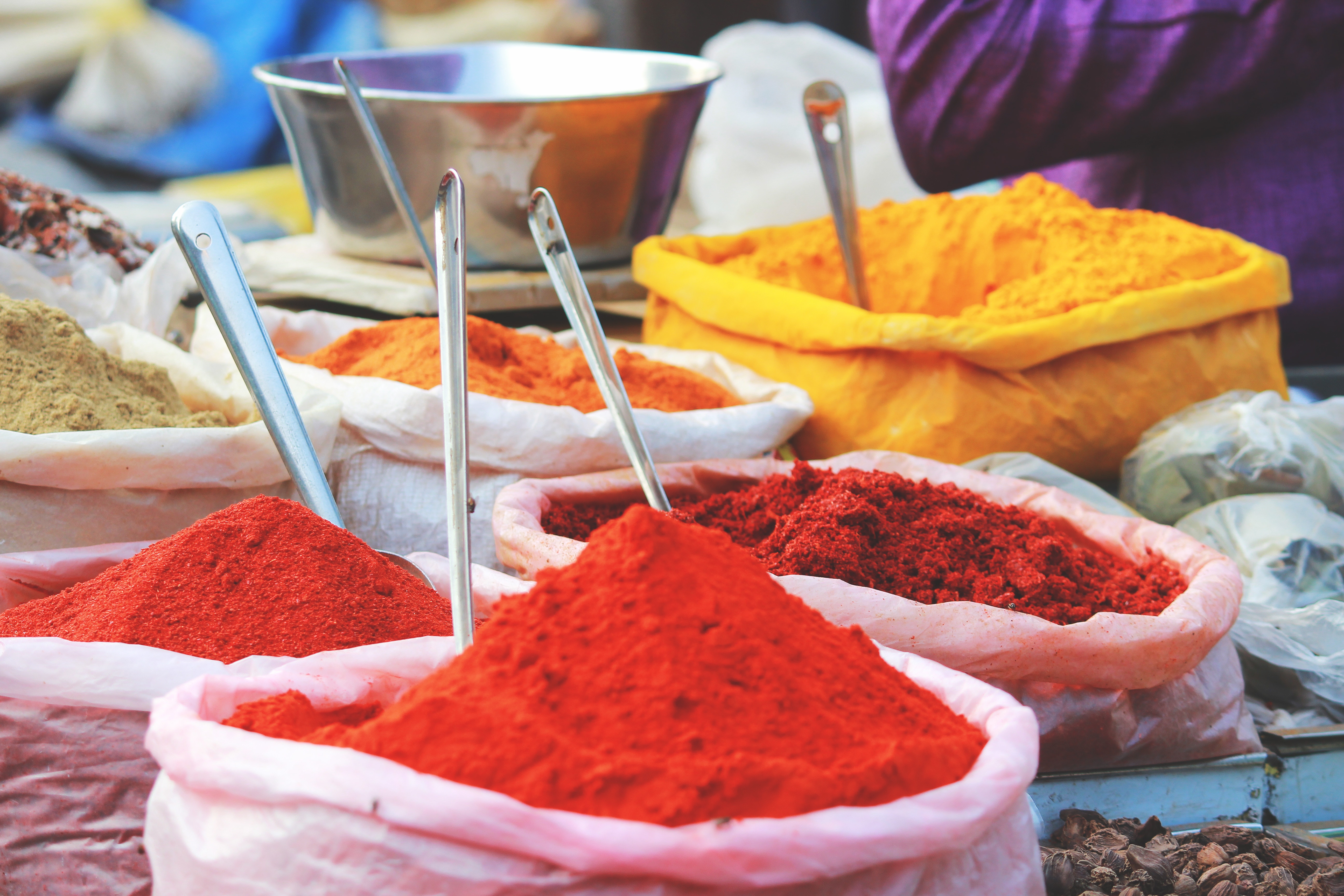I recently traveled to Morocco to experience the amazing food and culture. My travels took me to Marrakesh, one of the major cities of Morocco, and the Jemaa el-Fnaa market, world-renowned for its vibrant food scene. The market is simultaneously a pocket of Moroccan history and a thoroughly modern place celebrating the blending of cultures. Follow me on this culinary and cultural adventure.
The Jemaa el-Fnaa
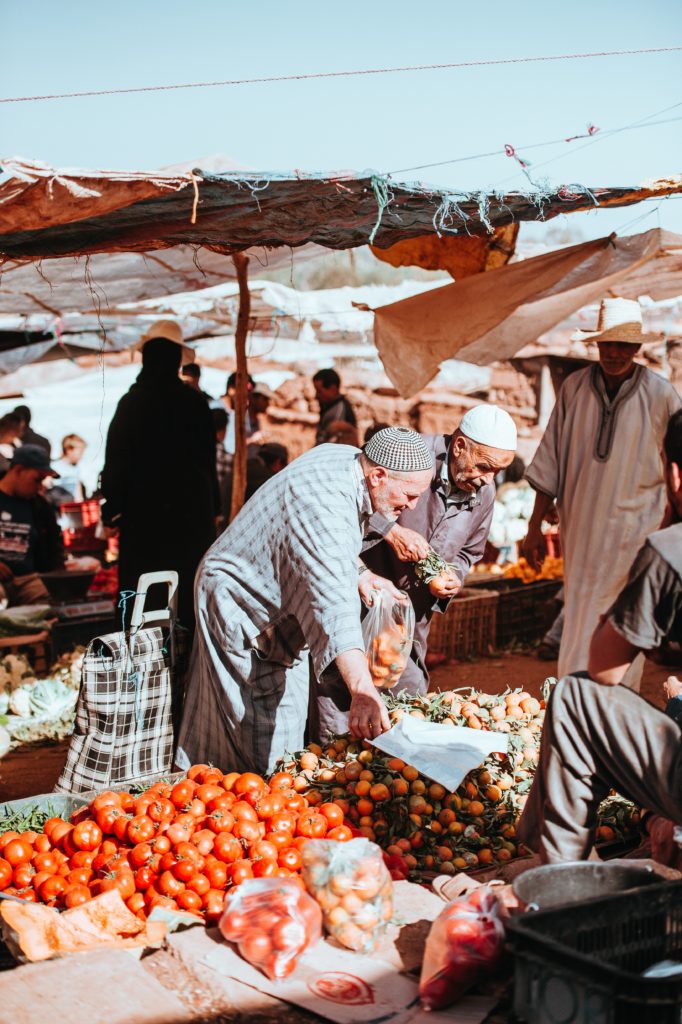
I’ve always wanted to travel to Marrakesh, Morocco. The blend of European, African, and Middle Eastern cultures and flavors have always appealed to me. I decided to go on a chef’s tour of Marrakesh, starting with the famous Jemaa el-Fnaa market.
Right away, when entering the square, I was overwhelmed by the crowds. Street entertainers, snake charmers, dancers, and vendors filled the area. Everywhere I looked, local families were having a great time enjoying the cultural gem of their city. I saw a fair number of tourists as well, and some of them looked as lost as I felt.
Fortunately, I had found a local tour guide to show me the best of the market. My tour guide led me to a covered stall where we had a glass of mint tea and an opportunity to get out of the sun for a few minutes. I asked him where we could find the best street food, as I like to incorporate the best of international street food in my catering business in Denver. We finished our tea and started exploring the market.
My guide led me to a vendor selling grilled sardines. The smoky taste from the grill complemented the rich, oily flesh of the fish. People may have the impression that Morocco is a desert country. It has long coasts on both the Atlantic and the Mediterranean, giving it excellent local seafood.
Then we tried makouda, a crispy potato ball which comes with a side of spicy harissa. Harissa is one of my favorite sauces in North African cuisine.
Exploring Moroccan Culture
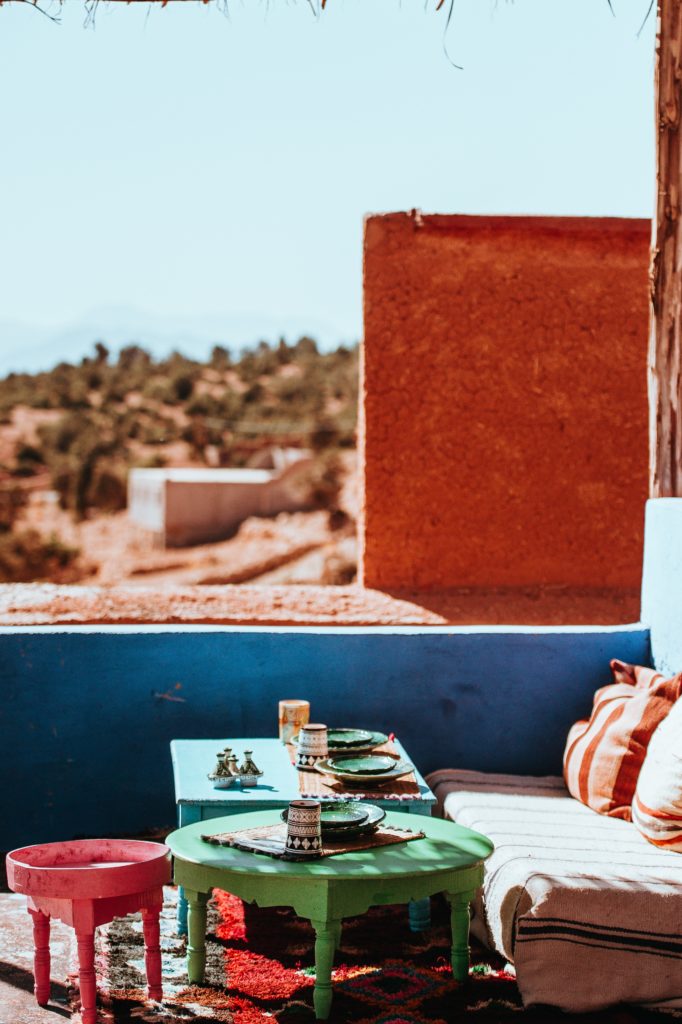
After our snack, my tour guide took me to visit a stall selling the traditional clothing of Morocco. I was feeling adventurous, so I decided to try on the traditional outfit. Men and women alike wear the djellaba, a long-sleeved robe that comes down to the ground. The outfit is usually worn with a hood or a headscarf.
I noticed that most people around the square were wearing their traditional attire rather than European-style clothing. My tour guide told me that the djellaba is practical and comfortable in the hot weather.
After we explored the market, my tour guide took me to a family home in the city. He said that they were good friends who were excited to show an American chef how to cook their traditional specialties.
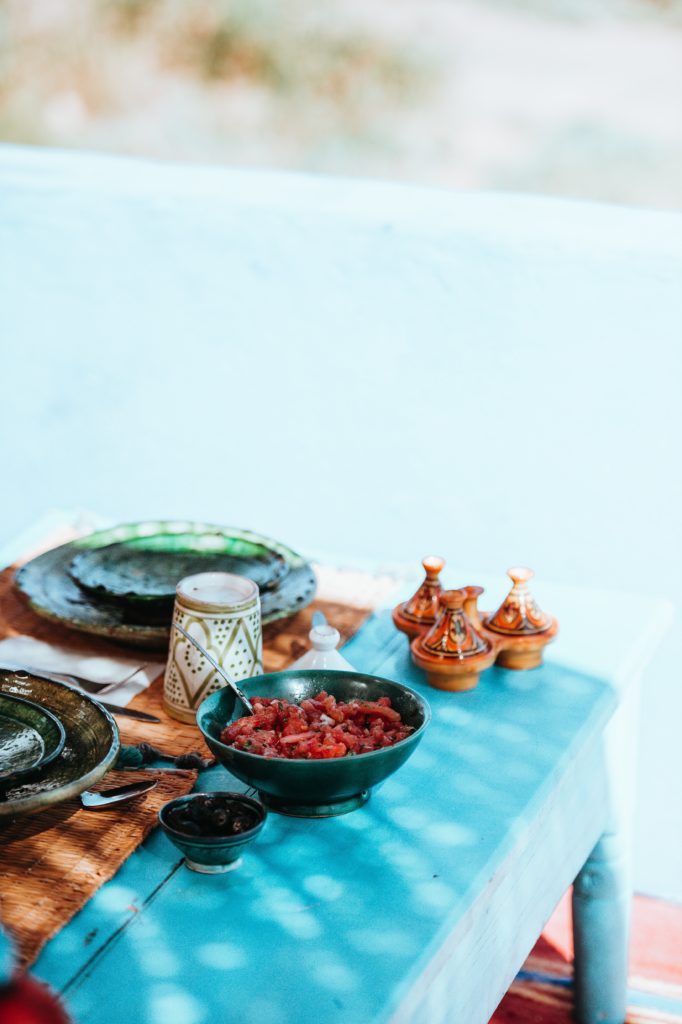
When we arrived at the home, an elderly woman greeted me. I shook her hand and introduced myself in French. She was pleased that I spoke French. It made our visit much easier.
Cooking with Traditional Spices
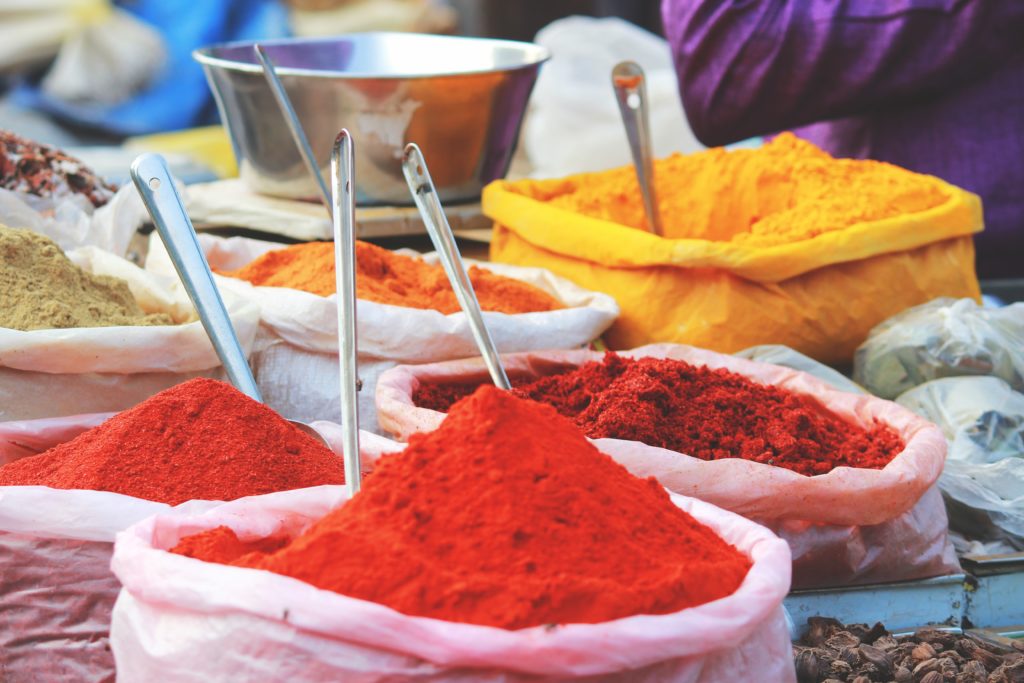
My hostess taught me to make a beef tagine. My hostess had already rubbed the meat with ras el hanout. Ras el hanout is a traditional blend featuring cumin, ginger, pepper, cinnamon, ground coriander, cayenne pepper, allspice, and cloves. The fragrant smell of the spice rub made me hungry. The tagine also included ingredients like prunes, tomatoes, and chickpeas.
A tagine is cooked in a special clay pot with a conical lid. This keeps the temperature constant and preserves the amazing, rich flavors. Tagine is served over couscous.
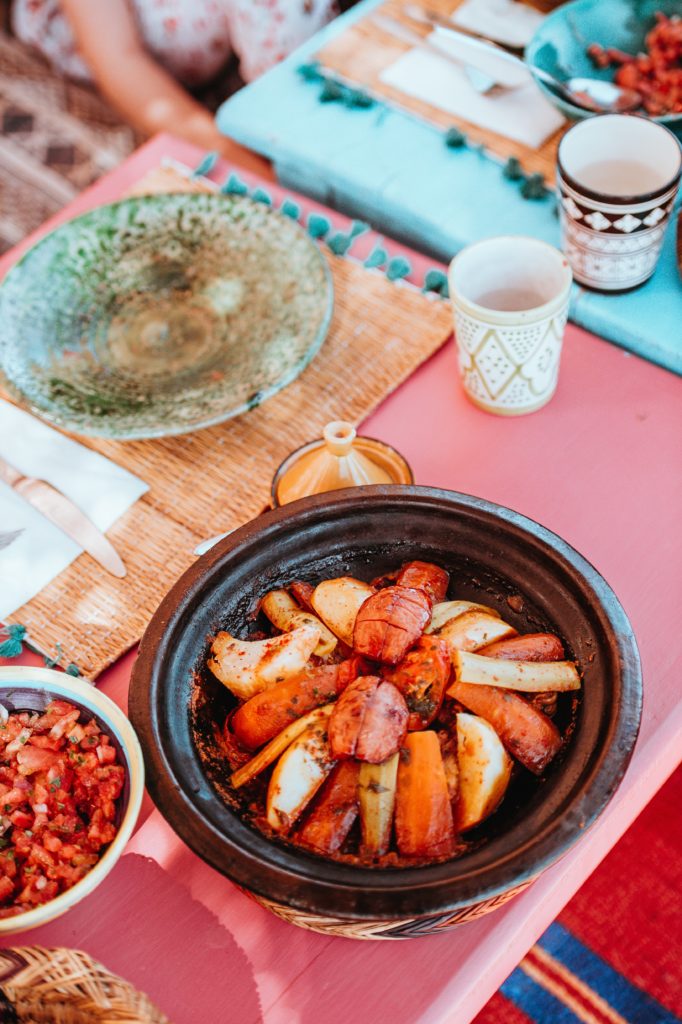
Tagine is traditionally eaten family style, with the diners scooping the portions out with bread rather than using a fork and knife. This was a little awkward at first, but I soon got the idea.
The tagine was outstanding, and I thanked our hostess. I plan to use ras el hanout and harissa in my cooking back in Denver.
My trip to Morocco was amazing. I hope to go back and try even more of their outstanding food.
